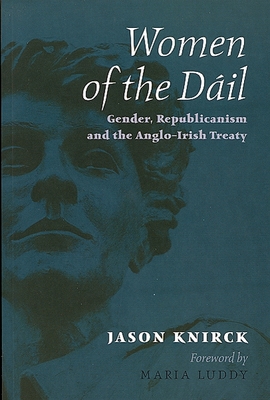Women of the Dáil:
Peter Berresford Ellis reviews Women of the Dáil: gender, republicanism and the Anglo-Irish Treaty by Jason Knirck, foreword by Maria Luddy, Irish Academic Press, 0 7165 2803 7 £25.00 pbk

THERE ARE important facts to be gained in the worst of books and while this study is certainly not the worst of books, it makes hard reading. And yet I cannot help flinching at some of the attitudes of the author.
He writes of the six women elected to the Dáil in the general election of 1921 who took the republican side in the Treaty debates. He tells us that Mary MacSwiney was playing on the emotions engendered by the memory of her brother, Terence MacSwiney. Margaret Pearse uses Padraic as an icon and Hanna Sheehy Skeffington likewise uses the murder of her husband to gain the moral high ground in their cause.
While the book sets out to explore the role of political women during the Irish fight for independence, it seems to tell us more of Professor Knirck's attitudes than it does the attitudes of these women.
Mary MacSwiney comes in for particular criticism:
"Mary MacSwiney did not simply commemorate her deceased brother Terence; she decided what aspects of his life and work would be commemorated and what facets of his ideology would be emphasised. In addition, she delivered, seemingly authoritatively, his putative views about events that happened after his death."
It is as if these Irish women had little else to do but bewail their dead relatives and evoke their names in the cause of the Irish republic. Did they have their own minds, their own social ideas and political programmes outside of conjuring of the dead to the flag? Well, not if you accept Professor Knirck theories.
Maria Luddy writes a foreword to this work and I can't help feeling she has done so in a half embarrassed fashion for her own work on Irish feminism is well known. As she says:
"An understanding of the role of women in the treaty debates is central to an understanding of the loss of women's political influence in the post-treaty period.'"
Absolutely true, but for this reviewer, this is not the book that provides that understanding.
Connolly Association, c/o RMT, Unity House, 39 Chalton Street, London, NW1 1JD
Copyright © 2007 Peter Berresford Ellis

